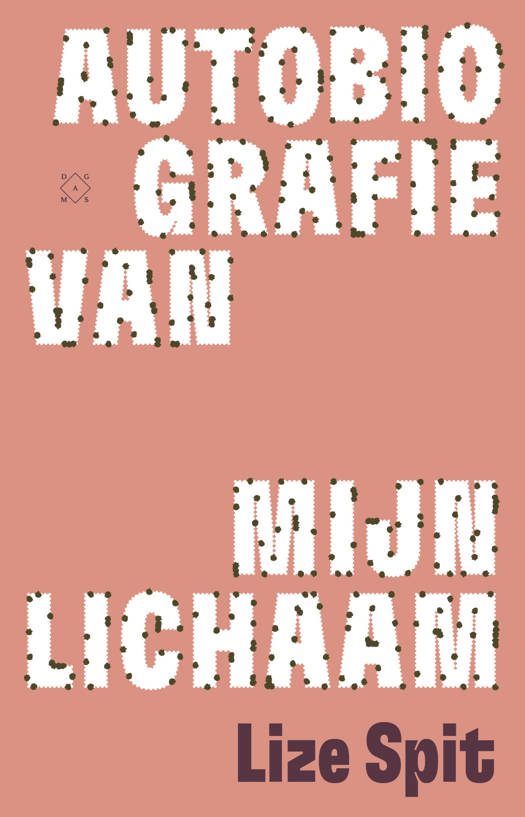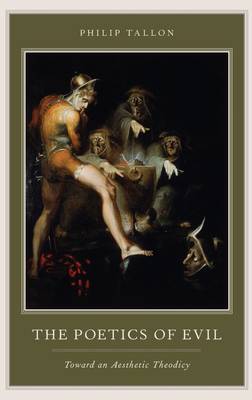
Bedankt voor het vertrouwen het afgelopen jaar! Om jou te bedanken bieden we GRATIS verzending (in België) aan op alles gedurende de hele maand januari.
- Afhalen na 1 uur in een winkel met voorraad
- Gratis thuislevering in België
- Ruim aanbod met 7 miljoen producten
Bedankt voor het vertrouwen het afgelopen jaar! Om jou te bedanken bieden we GRATIS verzending (in België) aan op alles gedurende de hele maand januari.
- Afhalen na 1 uur in een winkel met voorraad
- Gratis thuislevering in België
- Ruim aanbod met 7 miljoen producten
Zoeken
Omschrijving
What role does art play in unravelling the theological problem of evil? What can aesthetics show us about God's goodness in a world of iniquity? Philip Tallon constructs an aesthetic theodicy through a fascinating examination of Christian aesthetics, ranging from the writings of Augustine to contemporary philosophy. Tallon offers a new framework for theodicy that allows the substantial inclusion of aesthetics, building on the work of Eleonore Stump. He then examines the concept of cosmic harmony, the predominant aesthetic motif within medieval theodicy, and shows how Augustine develops this theme by interweaving his metaphysical, moral, and aesthetic views of reality. Tallon then examines other aesthetic themes within theodicy, with special attention to tragedy, a motif that has become increasingly integrated into theodicy in the nineteenth and twentieth centuries. He shows where tragedy falls short as a sufficient theme for theodicy, but also demonstrates how it complements Augustine's theme of cosmic harmony. Finally, Tallon considers the horror of evil, an aesthetic theme that has often been used as an attack on the existence of God, but which has recently been used to understand how theodicy should be formulated to respond to the worst evils. By digging more deeply into the darker side of aesthetics, The Poetics of Evil offers a deeper perception of tragedy and malevolence, but also a richer understanding of the Christian response to the problem of evil.
Specificaties
Betrokkenen
- Auteur(s):
- Uitgeverij:
Inhoud
- Aantal bladzijden:
- 288
- Taal:
- Engels
Eigenschappen
- Productcode (EAN):
- 9780199778935
- Verschijningsdatum:
- 18/11/2011
- Uitvoering:
- Hardcover
- Formaat:
- Genaaid
- Afmetingen:
- 156 mm x 234 mm
- Gewicht:
- 598 g

Alleen bij Standaard Boekhandel
+ 531 punten op je klantenkaart van Standaard Boekhandel
Beoordelingen
We publiceren alleen reviews die voldoen aan de voorwaarden voor reviews. Bekijk onze voorwaarden voor reviews.












